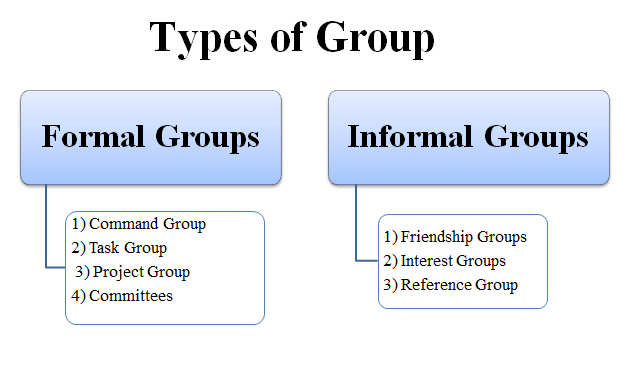Formal and informal groups are two types of social groups that can be found within an organization or society. These groups differ in their structure, purpose, and the way they operate. Understanding the differences between these two types of groups can help individuals navigate social situations and make informed decisions about their participation in group activities.
Formal groups are those that are deliberately created and structured by an organization or society to achieve specific goals or objectives. These groups are typically defined by their membership, roles, and rules, and they are often established to carry out specific tasks or functions within an organization. Examples of formal groups include departments, committees, task forces, and teams.
In contrast, informal groups are not formally established by an organization or society, but rather emerge spontaneously as individuals interact with one another. These groups are often based on personal relationships, shared interests, or common experiences, and they are not typically bound by formal rules or structures. Examples of informal groups include cliques, friendship circles, and support groups.
One key difference between formal and informal groups is their level of formality. Formal groups are typically more structured and hierarchical, with defined roles and responsibilities for each member. In contrast, informal groups tend to be more flexible and fluid, with less defined roles and responsibilities. This difference in formality can affect the way group members interact with one another and the level of influence they have within the group.
Another difference between formal and informal groups is their purpose. Formal groups are typically created to achieve specific goals or objectives, such as completing a project or making a decision. In contrast, the purpose of informal groups is often more social or personal in nature, such as providing support or companionship to group members.
Formal and informal groups also differ in the way they operate. Formal groups are typically more organized and structured, with clear rules and procedures for decision-making and communication. Informal groups, on the other hand, are often more relaxed and informal, with less emphasis on rules and procedures. This can lead to more open and candid communication within informal groups, but can also make it more difficult for these groups to achieve their goals or make decisions.
In summary, formal and informal groups are two types of social groups that can be found within an organization or society. Formal groups are deliberately created and structured to achieve specific goals or objectives, while informal groups emerge spontaneously and are based on personal relationships, shared interests, or common experiences. Understanding the differences between these two types of groups can help individuals navigate social situations and make informed decisions about their participation in group activities.







